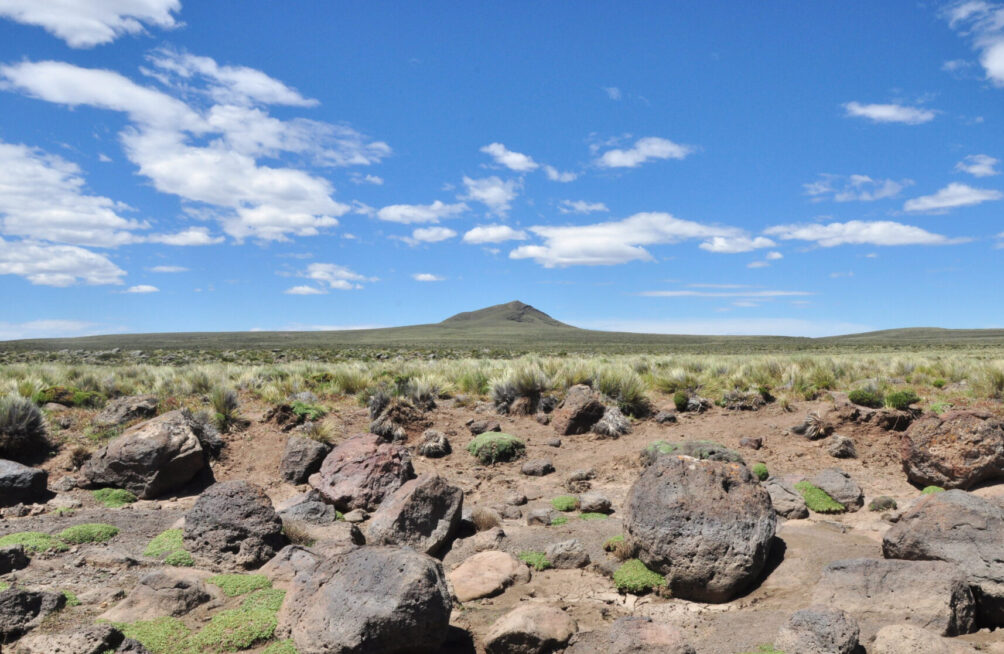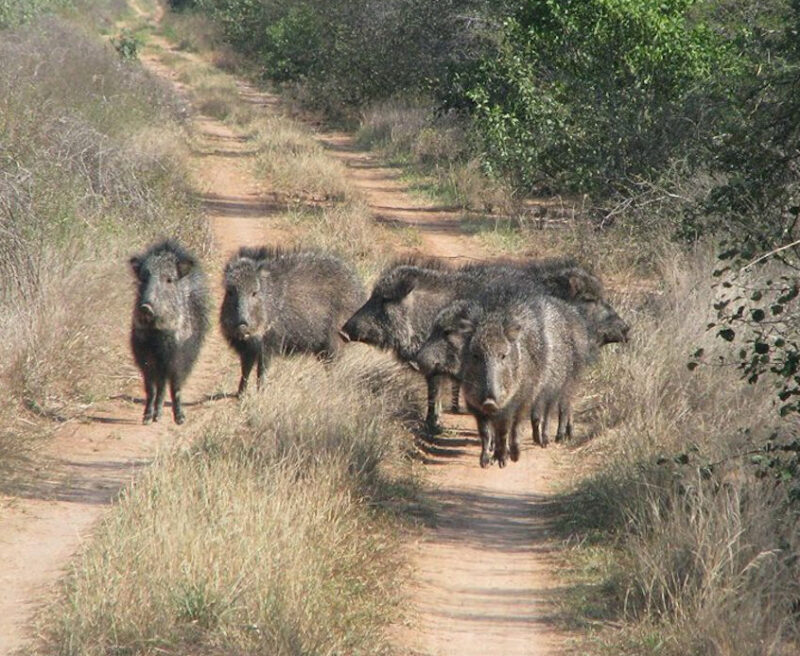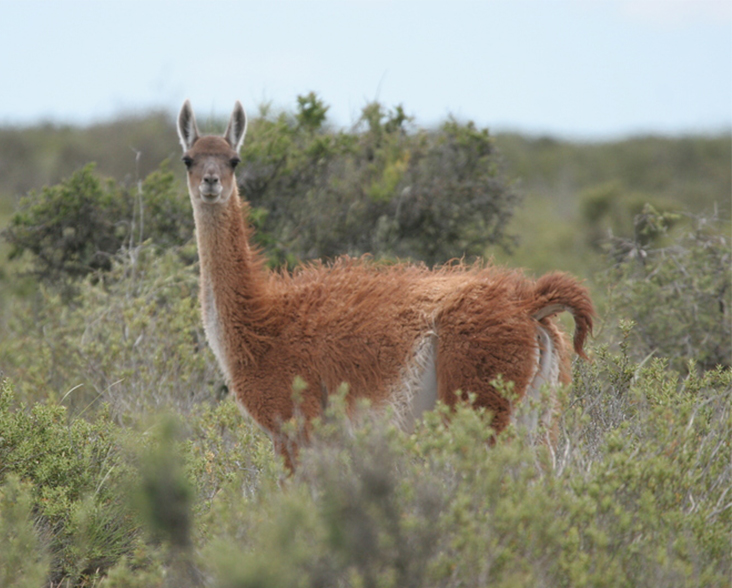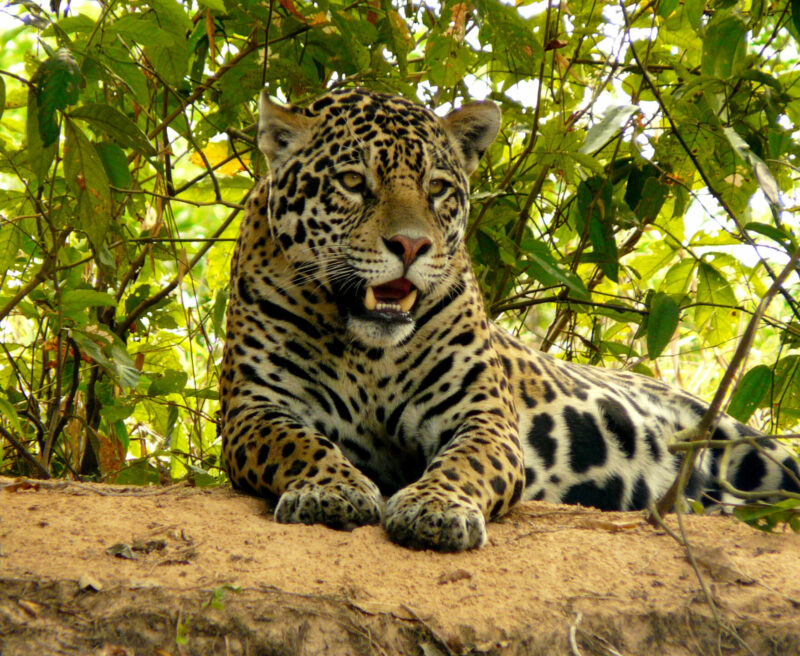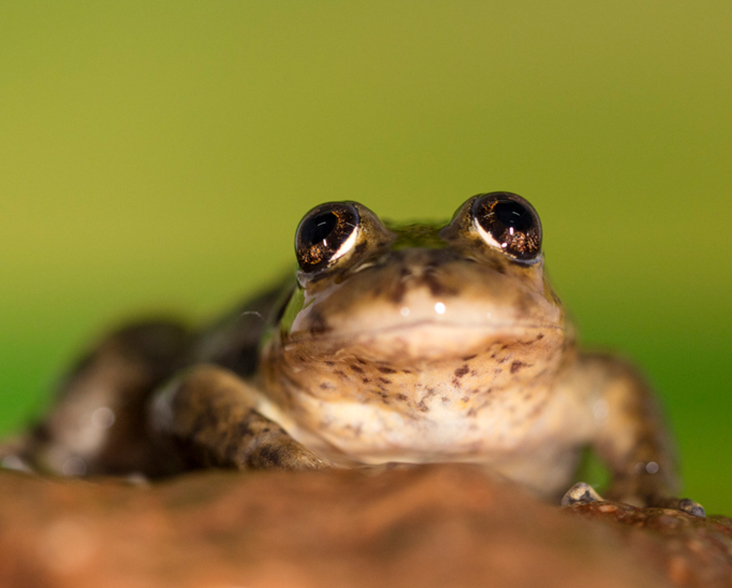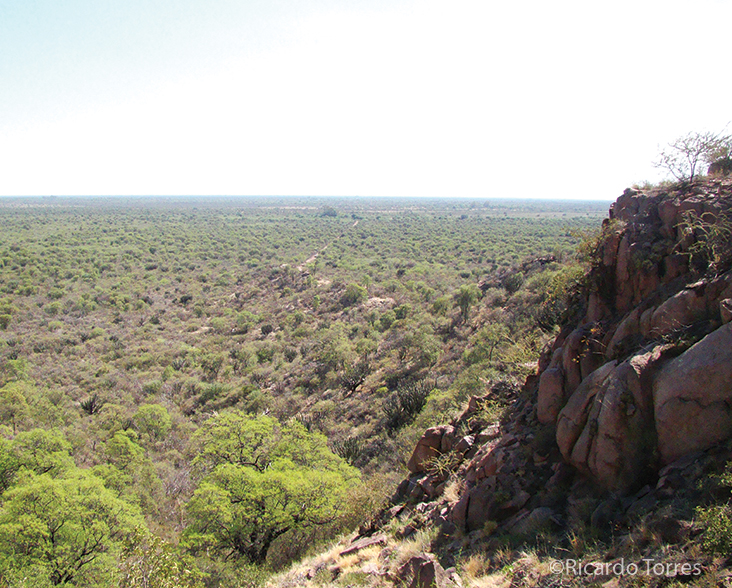Argentina is the second-largest country in South America and covers much of the southern portion of the continent.
At over 2,000 miles in length, it contains within its borders a diverse range of ecoregions.
In the subtropical north, Yungas Forest and Atlantic Forest are situated either side of the semiarid Gran Chaco, which gives way to savanna, wetlands, and the rolling plains of the Pampas in the east. High-altitude puna grasslands occupy the Andes Mountains to the west, while cactus-studded desert can be found in the central Argentine Monte. The vast, rugged expanse of Patagonia lies to the south, a land of lakes, fjords, glaciers and steppes which terminates in Tierra del Fuego, the closest mainland landmass to Antarctica.
